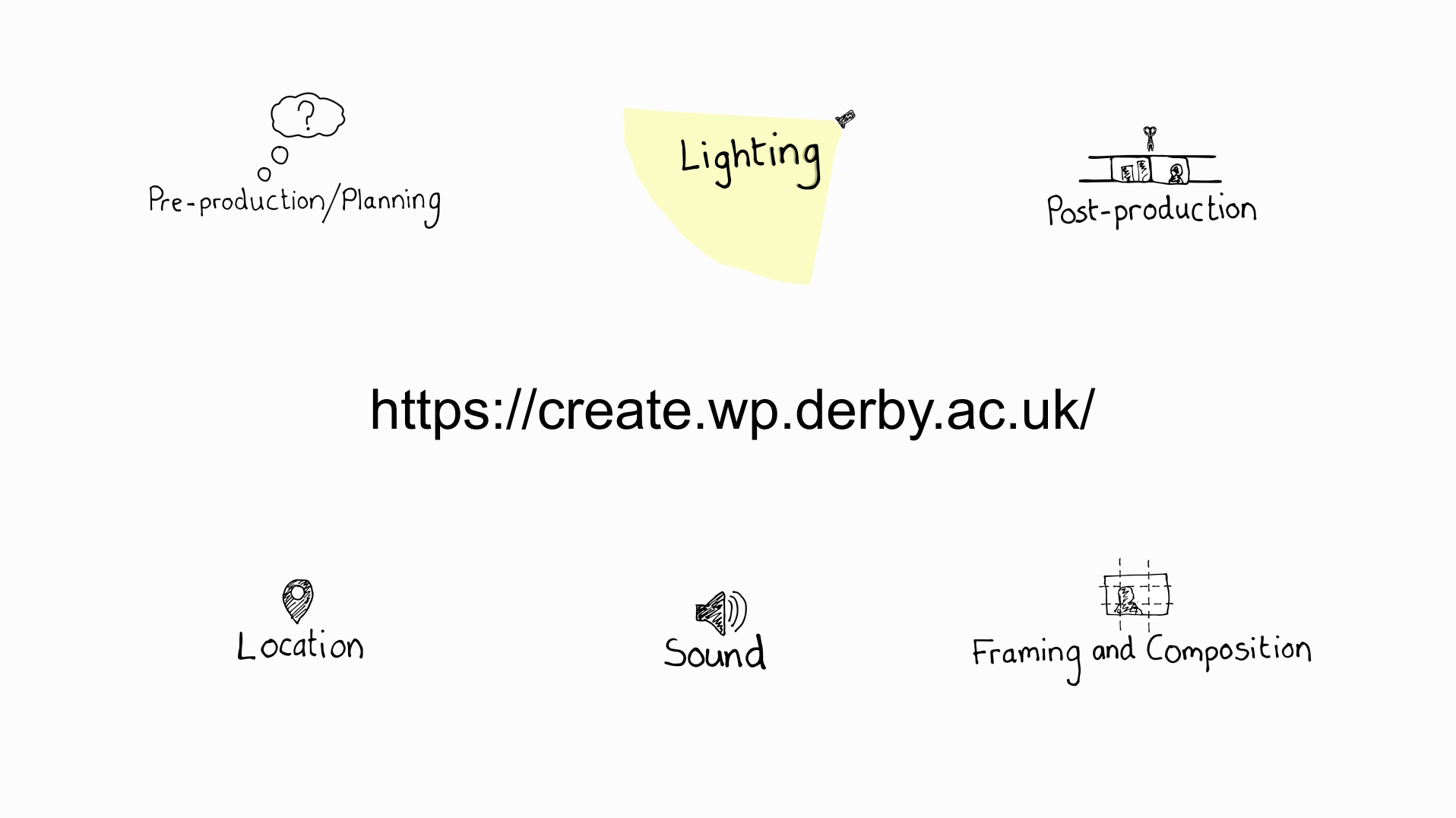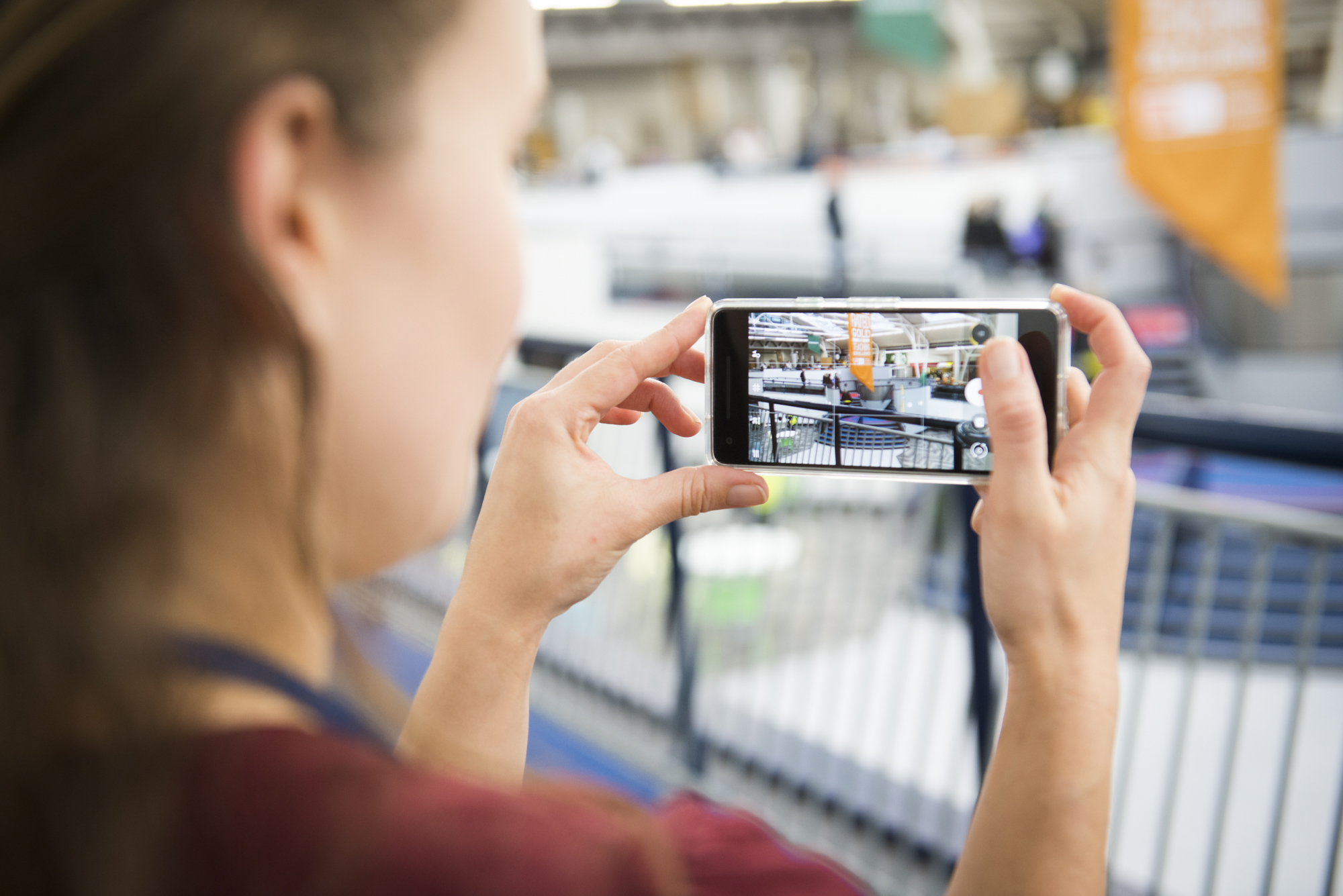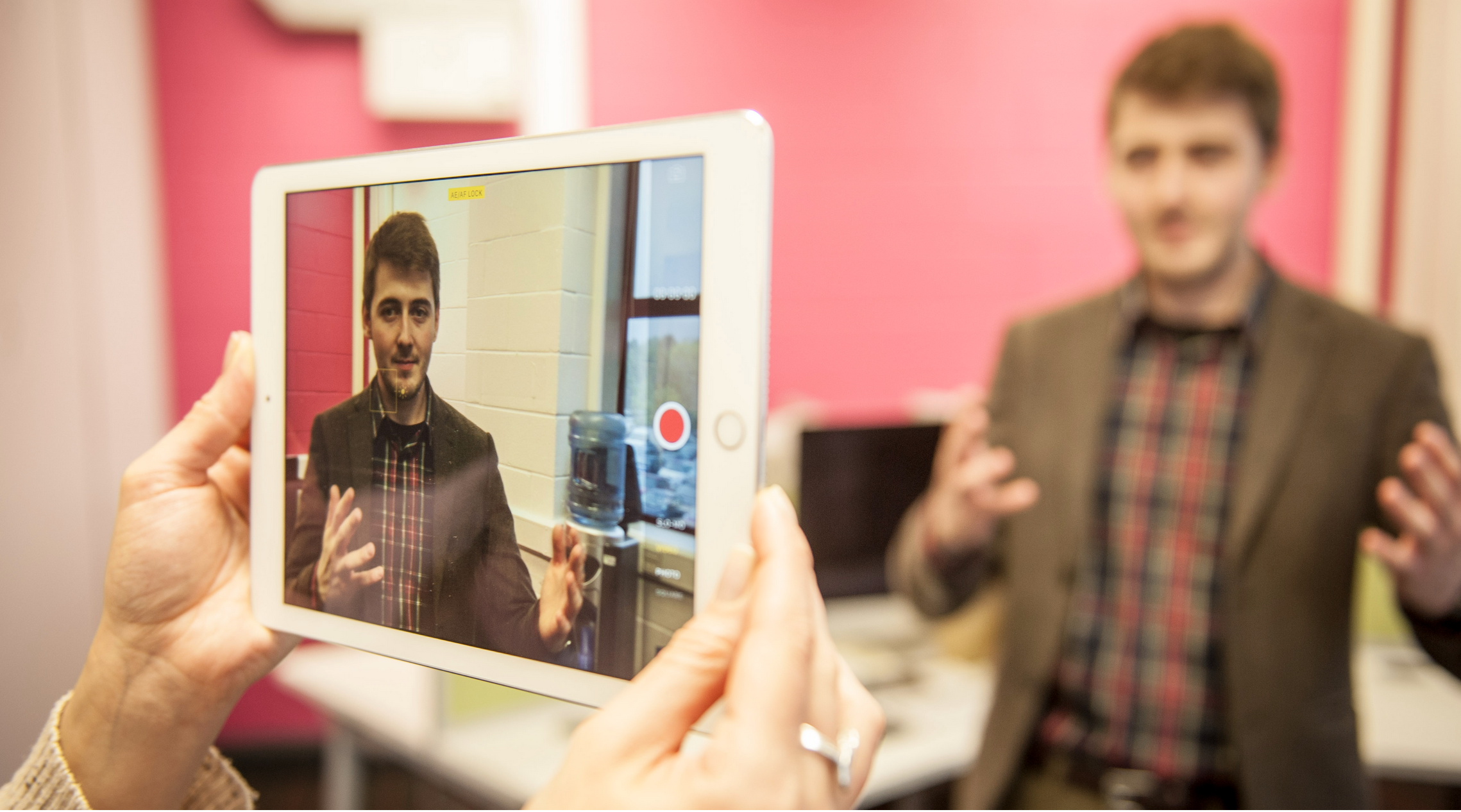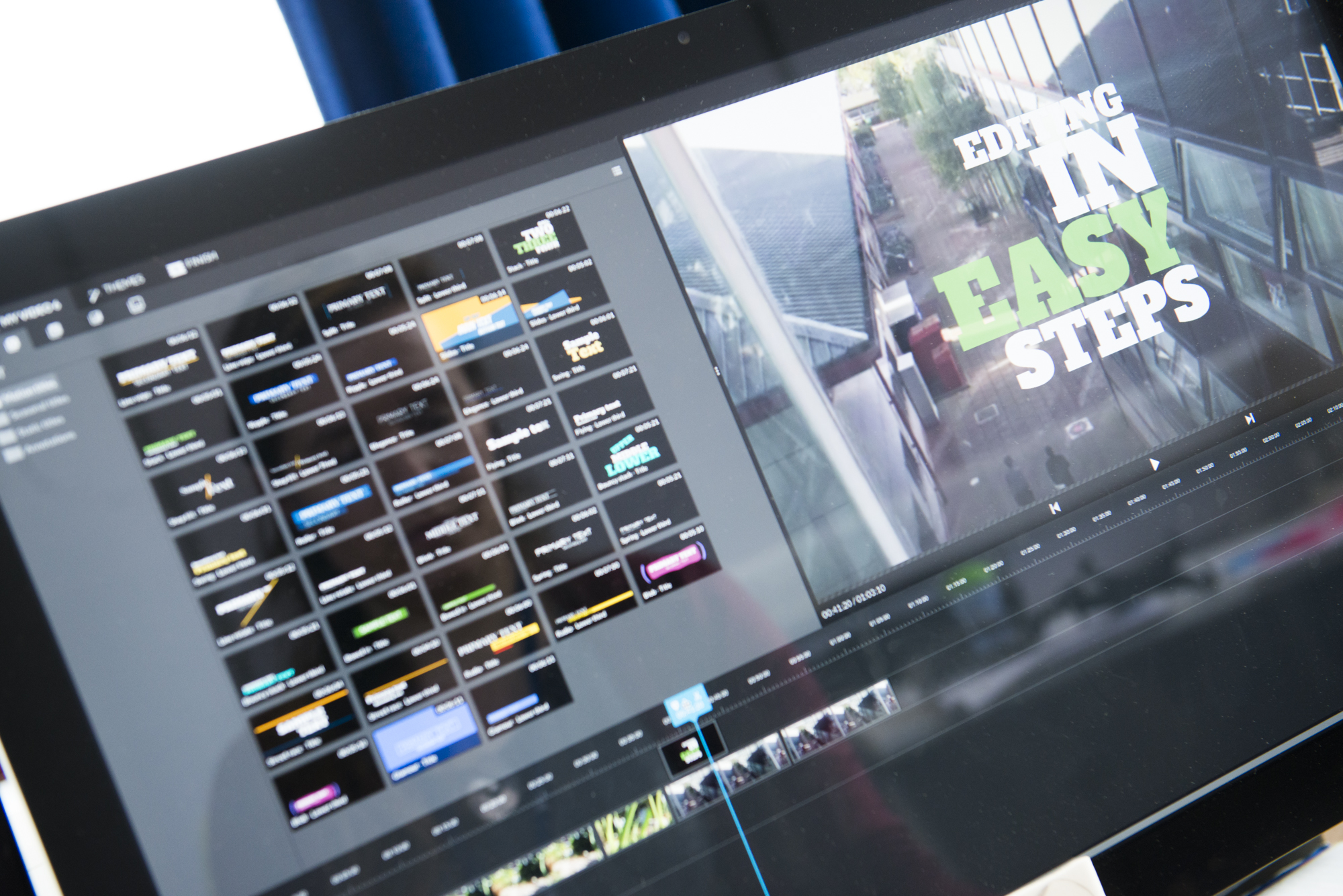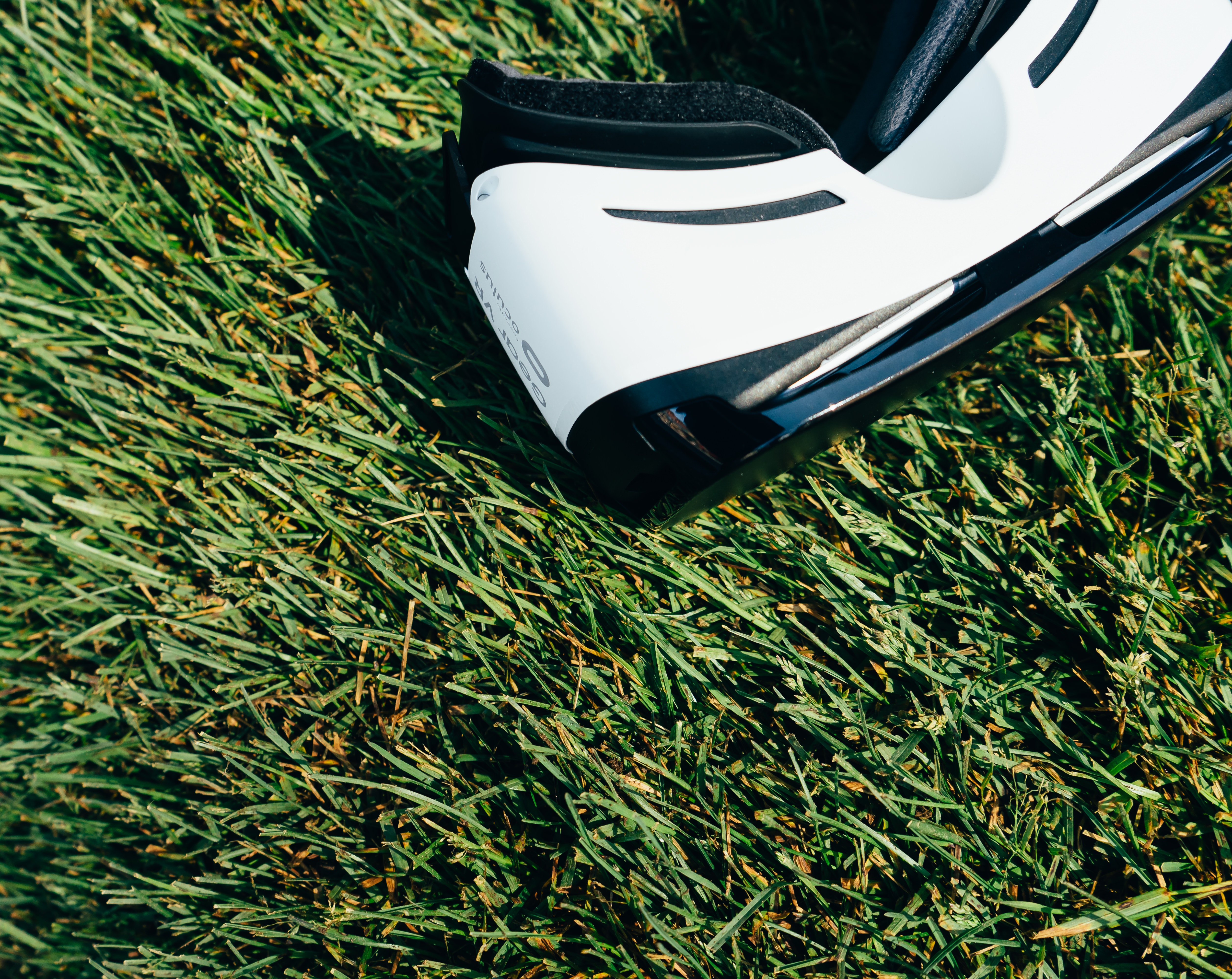
University of Derby Examples
The University of Derby have been using media-based assignments throughout their programmes for a number of years. These assignments have grown and developed over time to suit each individual academic.
A media-based assignment provides students with the opportunity to create digital artefacts which not only demonstrate the required learning outcomes of an assessment but also to develop and showcase their digital capabilities. There are a wide range of potential forms of media-based assessment including video creation, digital stories, podcasts, AR/VR, posters, infographics, photography and even a mix of media types.
This form of assessment helps to promote student creativity and can work well for group assessments as the students can draw upon each other’s strengths. In addition, it can support working with students as partners where aspects of the assessment can be negotiated, helping them to choose a media type or digital tool which meets their needs and those of the assessment.
WHY USE TECHNOLOGY TO AID MEDIA ASSESSMENT?
· Enables students to create a wide variety of types of digital artefacts.
· Allows students to be creative using their digital skills.
· Provides students with the opportunity to engage with digital tools which they may not be familiar with.
· Enables students to take greater ownership over assessments by giving them greater creative choice.
· Students can easily present their work to employers as examples of their creativity.
· Previous students’ work can be used to inspire the next group of students taking part in the assessment.
· Enables students to express their ideas in a format which they enjoy, using tools that meet their needs and those of the assessment.
HOW TO USE TECHNOLOGY TO DO THIS?
There are a wide variety of technologies which can help you with media assessment. When considering which technology to use, it is important to think through the whole assessment process.
· What it is that you are asking the student to create?
· How can the work be submitted for assessment?
· How it will be marked? How will you give feedback?
· How can this be shared with external examiners?
One of the key things to consider is how the work will be assessed. Students will have varying levels of skills and experience in using digital technologies to design, create and disseminate digital artefacts. For this reason, we recommended you set out assessment criteria which considers how well the digital artefact meets its purpose, i.e. to convey a message, transfer information or tell a story, rather than how digitally advanced it looks. In order to help with consistency of marking it's also recommended having a rubric/marking grid which clearly articulates the assessment criteria, with a smaller percentage awarded to the quality of the presentation.
Video Assignments
Adding video assignments into a module is a great way to increase students’ digital capabilities. This type of assessment means the student must think about an alternative mode of delivering their information to their intended audience.
Using video as a digital technique is a great way to increase the students’ employability skills, as video is being used more and more, especially for raising awareness, marketing and within advertising.
Impact
The university has a variety of programmes using video assignments with their students such as Marketing, Health Care, Nursing, Advertising, Heritage Management, Economics, Psychology and Outdoor Pursuits.
Both staff and students have seen the benefit of using these types of assessments. As most of these briefs are based on similar industry standards that they will be working in after completing their degree. To support this some students have used this new digital capability to secure jobs after graduating, create their own YouTube channels as well as being able to show varied employability skills to potential employers.
Academic feedback
Lessons learned
Over the time that the Digital Learning Team have been delivering these training sessions and assisting the academics with setting a brief, it has demonstrated the students’ creativity along with the ability to convey a message quickly and simply in this kind of format. Transferable skills such as these are extremely beneficial to the workplace and therefore every student.
These types of assessments are also a great example, from a pedagogic perspective, of indicating to the students that their audience should be a key consideration when delivering information.
Throughout this venture, the university has improved and developed the working process of these assessments and have received excellent feedback from both staff and students. A couple of the biggest changes recently are with the introduction of WeVideo as the main editing software, where we are still going through a pilot with this but again has had some great feedback. Along with creating online training materials as the projects have grown to work with the scalability of this type of assessment.
Key points for others
- Planning is a key point to a successful video and shouldn’t be overlooked.
- Find or create examples of the type of video they may create.
- Having set clear marking criteria for both staff and students.
Infographics
Infographics are a visual representation of data that are displayed in a quick and easily understandable format. By using icons, imagery and graphics along with text it can enhance the audiences’ understanding of the information. Being able to see trends within the data provided in a visual way. They can be used in a number of ways to show comparisons, presenting data, to explain something, raise awareness and inform consumers. There are various different tools you can use to create elements for an infographic or the whole infographic itself.
Peer-to-Peer learning
Here at the University of Derby the Derby Business School and the Digital Learning Team have worked together to create and showcase an effective practice of student partnerships, by enhancing the student learning experience with technology. Creation of digital materials supply staff and students with the potential to expand their learning opportunities within both teaching and learning. Nick Turner, Senior Lecturer in Marketing, has been running a student assessment on the Marketing Fundamentals module to create an infographic based around a company. Assessments of this kind give students the opportunity to develop their digital skills and capabilities that they can effectively apply in their future careers. Nick has been running this assessment for a few years, however feedback suggested that “students felt that not enough time had been spent discussing the infographic – both in terms of creating the content, style and the actual technical mechanics”. Therefore, following this feedback Nick decided he needed to create some help guides for future students. A colleague suggested he create a short video screen capture of how to create the infographic, so he contacted Digital Learning who suggesting getting a student involved. By using a student in these help guides Nick thought the students would benefit from that shared peer-to-peer knowledge.
Approach used
By using a student who has been through the assessment process and performed well, they could explain the process and how they resolved any issues that they came across. This peer-to-peer learning meant students could share their knowledge, ideas and experience with others. Peer learning can offer academics the efficiency of bringing an enhancement to the students’ learning in a time-effective and scalable process.
The final video has been used in seminars/lectures as well as embedded into the course module. Alison Lawson, Head of Division, Marketing and Operations, has stated “This is completely BRILLIANT. It shows how simple it is to put this assignment together as long as you have the facts at your fingertips. The skills development is immense in terms of research, lateral thinking, design awareness, IT skills and presentation skills. Fabulous”
Impact
Just over 100 students are enrolled on the Marketing Fundamentals course, with half of them having access to this video during their assessment process. The other half had already created the infographic the semester before. Student feedback suggests that they all found it useful, with over 60% viewing it more than once throughout the process. Their responses suggested that it gave them an “indication as to how images and writing can be combined”, especially “step-by-step using PowerPoint” to create the infographic. Students could work independently and remotely and were able to relate to the process as the video was created by a student who had previously completed the work. They also thought that this gave it “a better perspective” of what was needed, making it a “simple video and very easy to understand”.
Lessons learned
This project has highlighted how the technology used not only produced a positive student learning experience, with the principle benefits of peer-to-peer learning also being upheld. All the students seemed to find it beneficial having something they could follow while completing the assessment. The only change that we would make is adding into the video description the academics thoughts into the infographic shown and how well this links to the assessment brief.
Key points for others
This is a great approach to get your students involved in the learning process, with students enjoying the fact that a fellow peer was able to talk them through the process.
Augmented Reality (AR)
Augmented Reality (AR) adds a digital layer to the physical world. This can be accessed by looking at physical objects through a smartphone or tablet device.
The educational uses for Augmented Reality (AR) are being looked at very closely in the education sector. Augmented Reality offers “compelling applications for higher education; these technologies are poised to impact learning by transporting students to any imaginable location across the known universe and transforming the delivery of knowledge and empowering students to engage in deep learning.” (NMC 2016)
To create Augmented Reality content you could use tools such as Blippar and Aurasma.
Good Practice in Education
Within the Marketing Programme, Augmented Reality has been incorporated into assessment to introduce students to a technology which is relevant to their future professional working practices. Students were tasked with designing a four-page leaflet on a given topic. A justification for the academic theories used was then embedded into the design by means of a video presentation from students. The video was accessible using Augmented Reality when scanning the leaflets with a mobile device and AR app.
